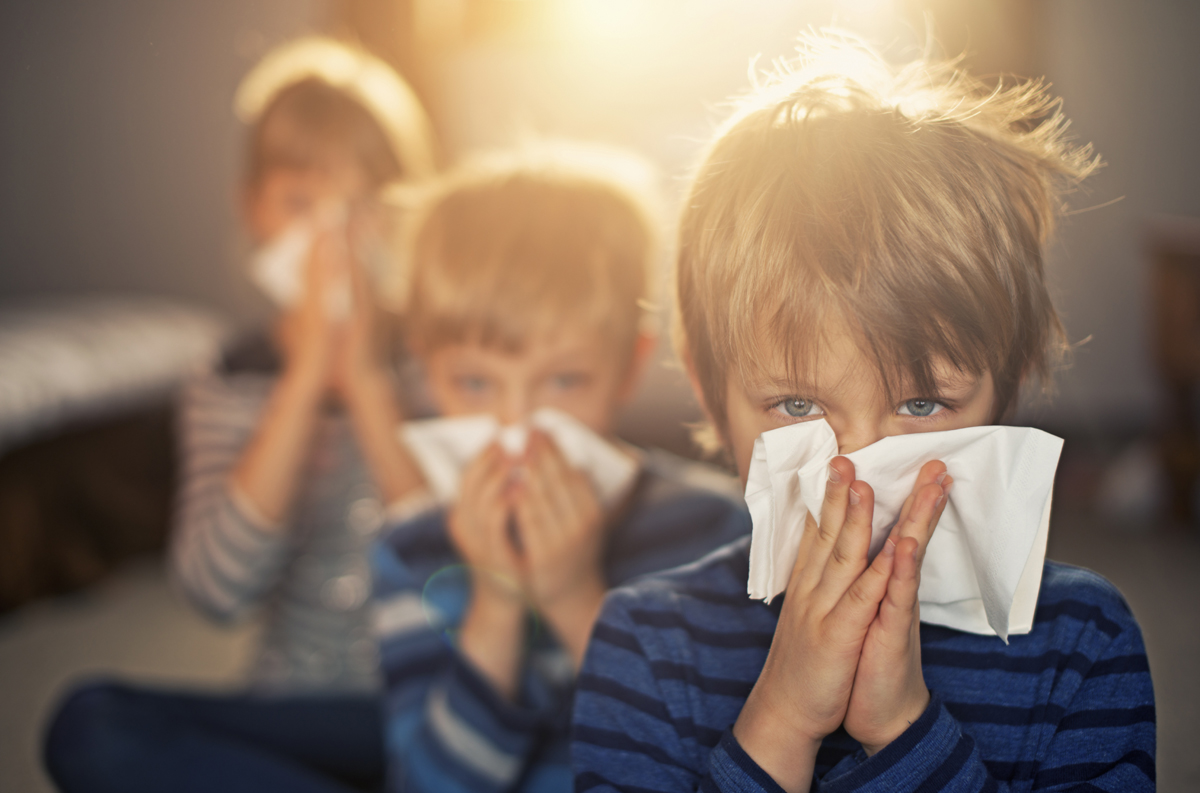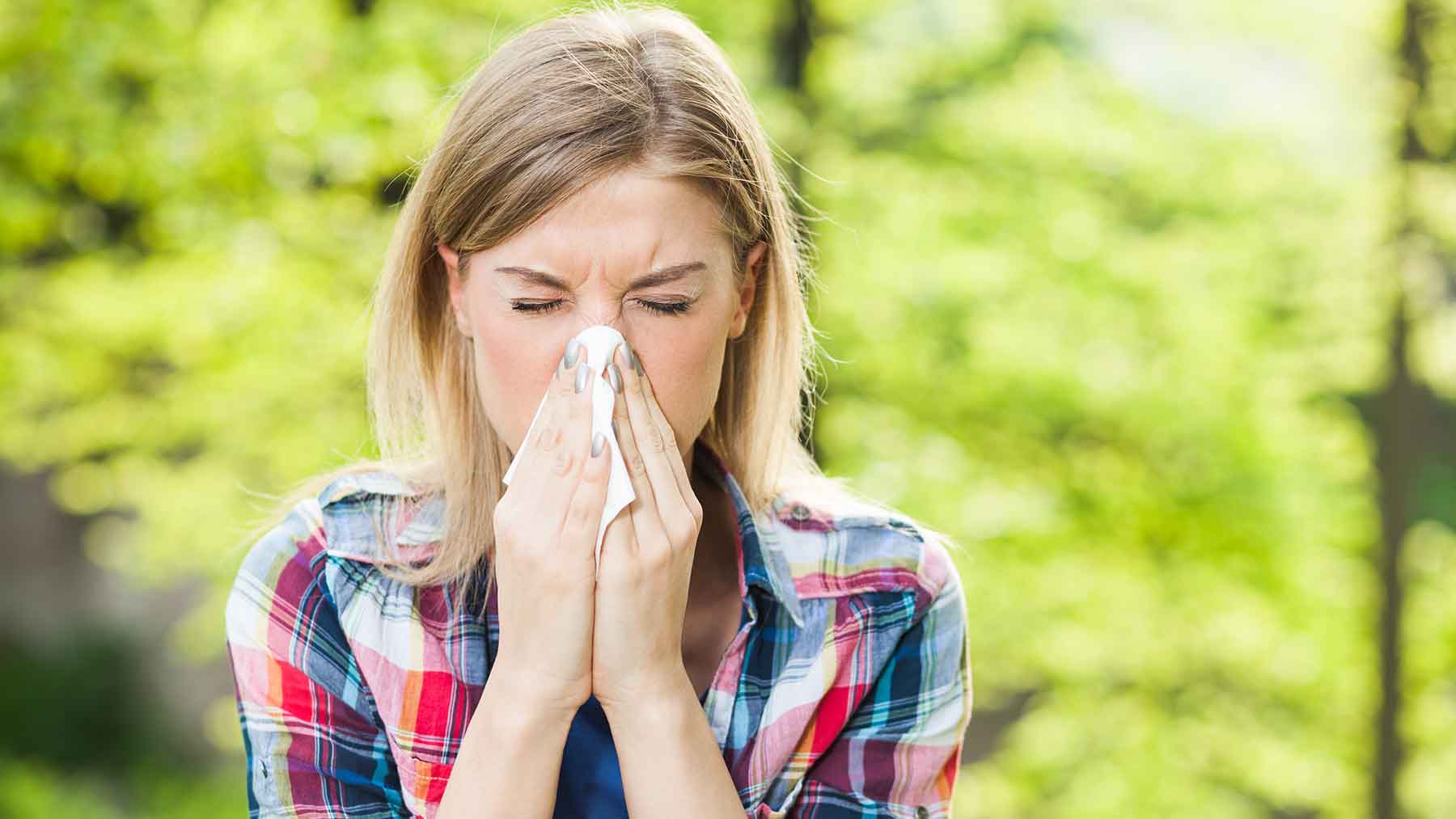
A Dust Allergy (or dust mite allergy) is an allergic reaction to tiny bugs that live in the dust in your house.
About 20 million Americans are allergic to these bugs. When you’re one of these people, you may feel as if you have an endless cold or even asthma.
Dust mites are related to ticks and spiders. But they’re too small to see with the naked eye. They eat your dead skin cells in dust and in places like your bedding, furniture, and carpet.
Medication can help, and you can take simple steps to keep the dust mites away.
Dust Allergy Symptoms
Dust allergy symptoms are similar to those of pollen allergies:
- Red, itchy, watery eyes
- Itchy, runny, stuffy nose
- Sneezing
Dust Allergy Causes and Risk Factors
Allergies happen when your immune system reacts to something like pollen or, in this case, dust mites. When your immune system sees something as harmful, it causes inflammation.
That’s why allergies give you symptoms like sneezing and a runny nose, similar to what you might get if you had a cold. If symptoms get really severe or last a long time, they can lead to asthma.
You’re more likely to have a dust allergy if you:
- Have a family history of dust or other allergies
- Are exposed to lots of dust and dust mites
- Are a child or young adult
Dust Allergy Diagnosis
If your doctor thinks you might have a dust allergy, they will:
- Ask about your symptoms and exposure to dust
- Check inside your nose to see if it’s swollen or pale and bluish
- Give you an allergy skin test. Your doctor will prick your skin with a tiny needle with dust mite extract on it. If you’re allergic, your skin will get itchy and red.
- Give you a blood test to look for certain antibodies. This is more common if you can’t have a skin test or take certain medicines.
Dust Allergy Treatment
Over-the-counter or prescription allergy drugs can help control your symptoms.
- Antihistamines relieve itching, sneezing, and watery eyes.
- Decongestants ease or unclog a stuffy nose.
- Nasal steroids reduce swelling in your nose so you can breathe better.
- Leukotriene modifiers block certain chemicals in your immune system.
Other treatments include:
- Allergy shots (immunotherapy), to train your immune system not to react
- An allergen extract (Odactra) under the tongue, which can replace shots
- Nasal irrigation with a saline solution, which can clear out your nose and sinuses
Talk to your doctor about what treatment is best for you.
Dust Allergy Prevention
The best strategy is to limit your contact with dust and dust mites. To get rid of dust mites in your home, keep their living habits in mind. They prefer temperatures of about 70 F or higher and humidity of 70% to 80%. They can’t survive in colder, drier places.
In the U.S., dust mite allergies peak in July and August, when dust mite populations are high because of warm weather.
Dust mites like to eat dead skin from pets and humans. You probably shed enough skin a day to feed a million dust mites. Flakes of dead skin in carpeting, beds, and furniture are like tasty snacks for them.
To get rid of dust and dead skin, start in the bedroom. Large numbers of dust mites can gather in mattresses, bedding, and upholstered furniture.
Wear a mask while cleaning, too.
Bedroom dust-busting tips
- Put airtight plastic dust mite covers on pillows, mattresses, and box springs.
- Use pillows filled with polyester fibers instead of kapok or feathers.
- Wash bedding in very hot water (over 130 F) once a week. The water needs to be this hot to kill dust mites.
- Dry the bedding in a hot dryer.
- If your bedroom is in a basement with a concrete floor, move upstairs if you can. Concrete stays damp and creates the moist, humid environment dust mites love.
Around the house
- Clean bare floors often with a damp mop or cloth.
- Vacuum carpets once or twice a week. Use a vacuum with a HEPA (high-efficiency particulate air) filter.
- Consider replacing wall-to-wall carpeting with hardwood or vinyl floors.
- Wash throw rugs in hot water.
- Vacuum upholstered furniture such as sofas. Wood, leather, plaster, or metal furniture is better if you have dust allergies.
- Replace drapes with roll-up window shades. If you must have curtains, wash them in hot water each season.
- Get rid of stuffed animals, soft toys, and other dust collectors.
Keep air clean and dry
- Use an air conditioner or dehumidifier to lower humidity.
- Put a HEPA filter with a MERV rating of 11-13 in your heating and air-conditioning unit. You can find the rating listed on the packaging. Change the filter every 3 months.
- Keep humidity in your home between 40% and 50%. Use a hygrometer to measure it. You can get one at hardware and building supply stores.


